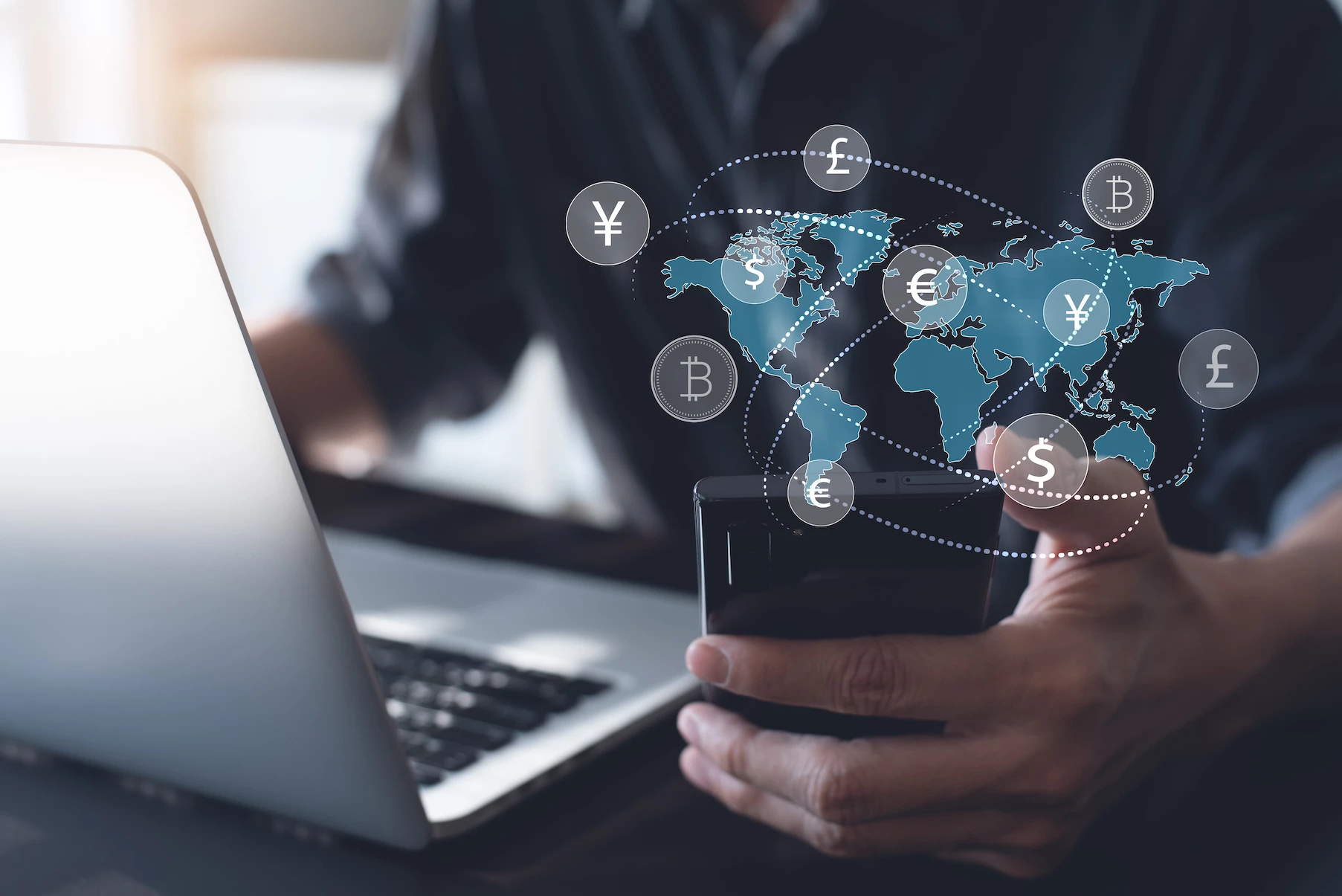
Partner Article
Digital Remittance Providers Fuel Increase in Cross-Border Money Transfers
The proliferation of digital payment providers is leading to a sharp increase in the amount and volume of cross-border payments being made, according to leading global e-wallet STICPAY.
According to the Bank of England, the value of cross-border payments is estimated to increase from almost $150 trillion in 2017 to more than $250 trillion by 2027, equating to a rise of over $100 trillion in just 10 years.
Digital remittances are cross-border money transfers. Nowadays, remittance often refers to money transfers made by people sending money back to their country of origin. Typically, the payments include transfers between residents and non-residents of a country, and earnings from workers back to their country of origin.
The value of digital remittances is expected to reach $109m in 2021 and is predicted to grow at a CAGR of 11.17% to reach a value of $166m by 2025.
It is expected that 15.6m people will be using digital remittances by 2025.
Cross-border payments involve financial institutions in two different countries, potentially subject to different banking legislations. The transfer from one bank to another usually requires the money to transfer through at least one financial intermediary. How many intermediaries are involved depends on the frequency of transfers between the two countries or currencies and how easy it is to establish a relationship between the sending and receiving banks. It’s a process that can be very time consuming and costly.
Digital payment wallets have completely revolutionised the way cross-border payments are made. With no requirement for financial intermediaries, funds can be transferred almost instantly and at much lower cost. This is especially important for low wage economies and individuals making regular, small transfers.
STICPAY’s Customer Service Director, James Bay, explained: “Digital payment wallets are easy to establish, cheap to use and ensure the funds are transferred securely and almost instantaneously. As a digital provider we can bypass the traditional clunky financial infrastructures, which allows us to make transfers so much cheaper and faster.
“The ability to use a digital payment wallet is especially beneficial in developing countries where the traditional banking system is less mature and accessing a local branch can be very difficult for individuals. E-wallets are accessible from a smartphone and transfers can be initiated at any time of day, not just when your bank or traditional money transfer provider is open.
“Digital payment wallets, such as STICPAY, have additional layers of security, including increased AML and KYC checks and this added security is extremely important to customers looking to transfer small or large sums of money. As the technology continues to develop and digital wallets become more normal across the world, the sky is the limit for digital payment providers.”
This was posted in Bdaily's Members' News section by Heather Astbury .






 B Corp is a commitment, not a one-time win
B Corp is a commitment, not a one-time win
 Government must get in gear on vehicle transition
Government must get in gear on vehicle transition
 A legacy in stone and spirit
A legacy in stone and spirit
 Shaping the future: Your guide to planning reforms
Shaping the future: Your guide to planning reforms
 The future direction of expert witness services
The future direction of expert witness services
 Getting people into gear for a workplace return
Getting people into gear for a workplace return
 What to expect in the Spring Statement
What to expect in the Spring Statement
 Sunderland leading way in UK office supply market
Sunderland leading way in UK office supply market
 Key construction developments in 2025
Key construction developments in 2025
 Mediation must be part of planning process
Mediation must be part of planning process
 From apprentice to chief financial officer
From apprentice to chief financial officer
 Don't stifle growth with apprenticeship cuts
Don't stifle growth with apprenticeship cuts